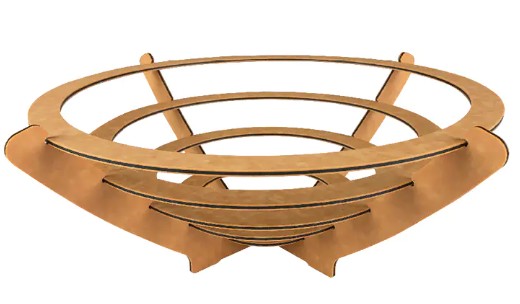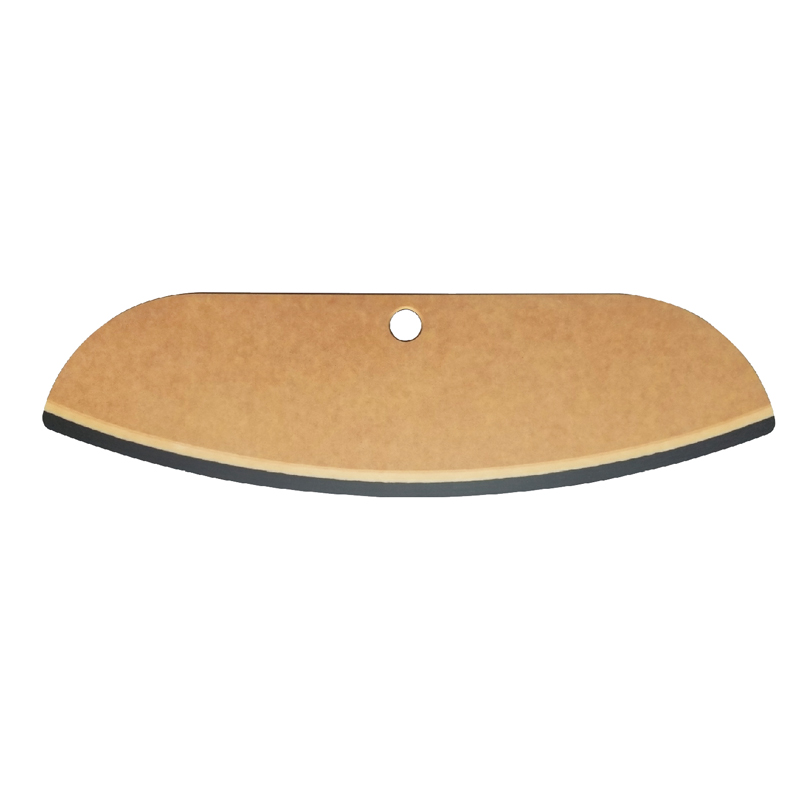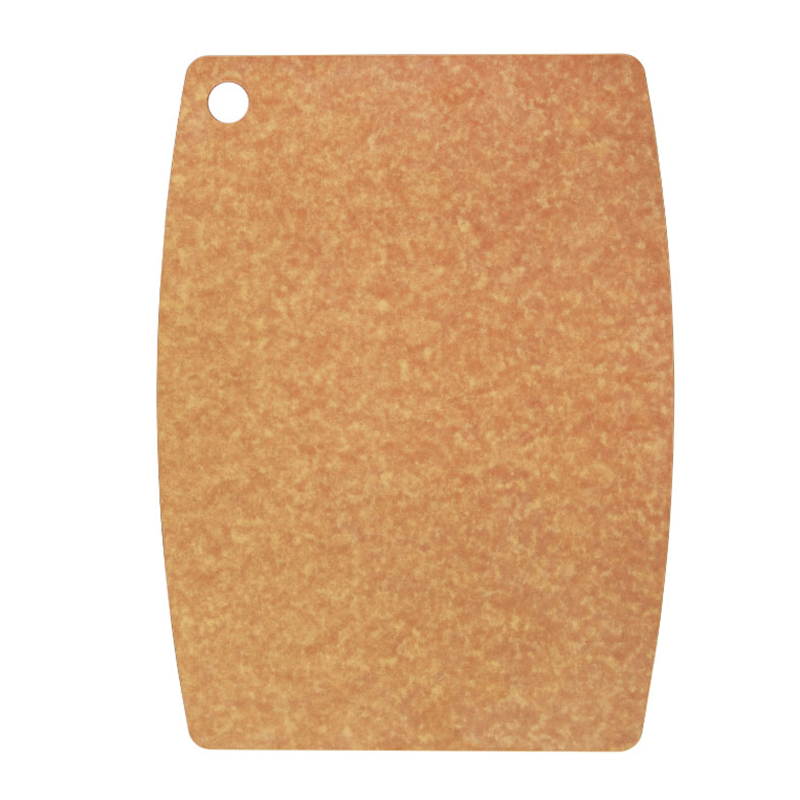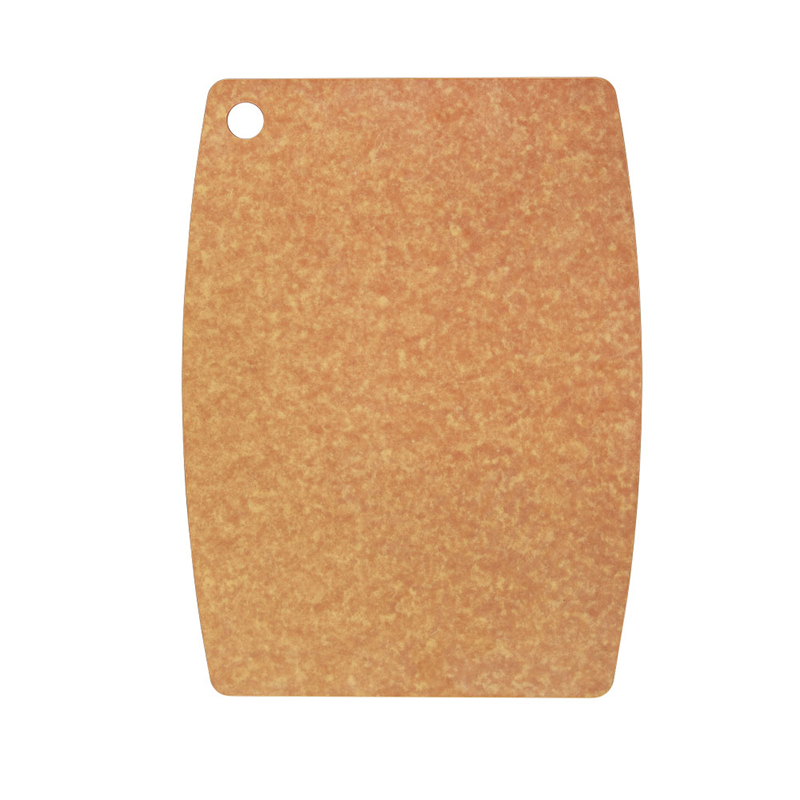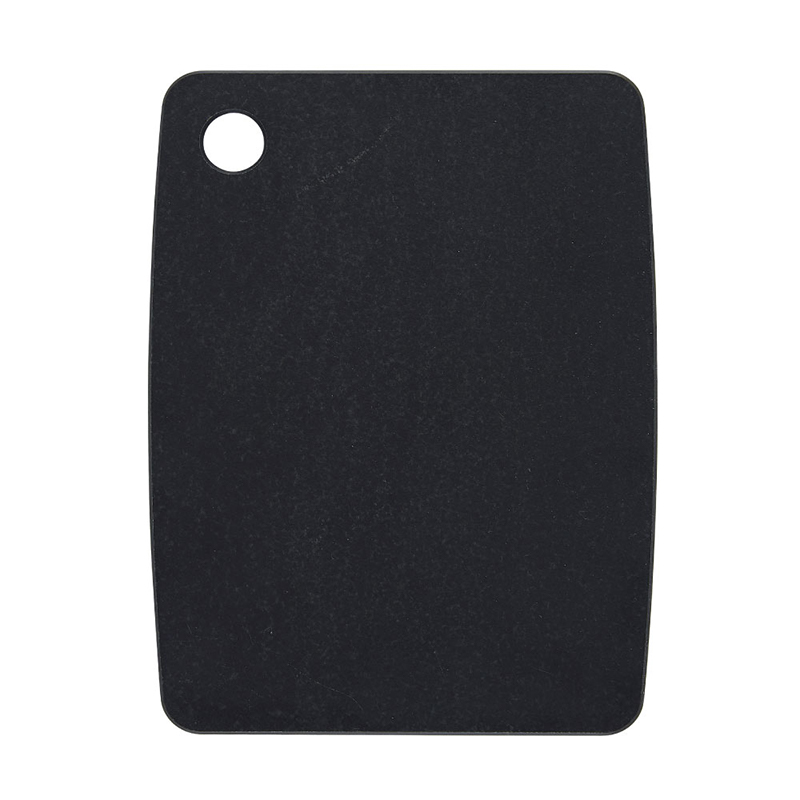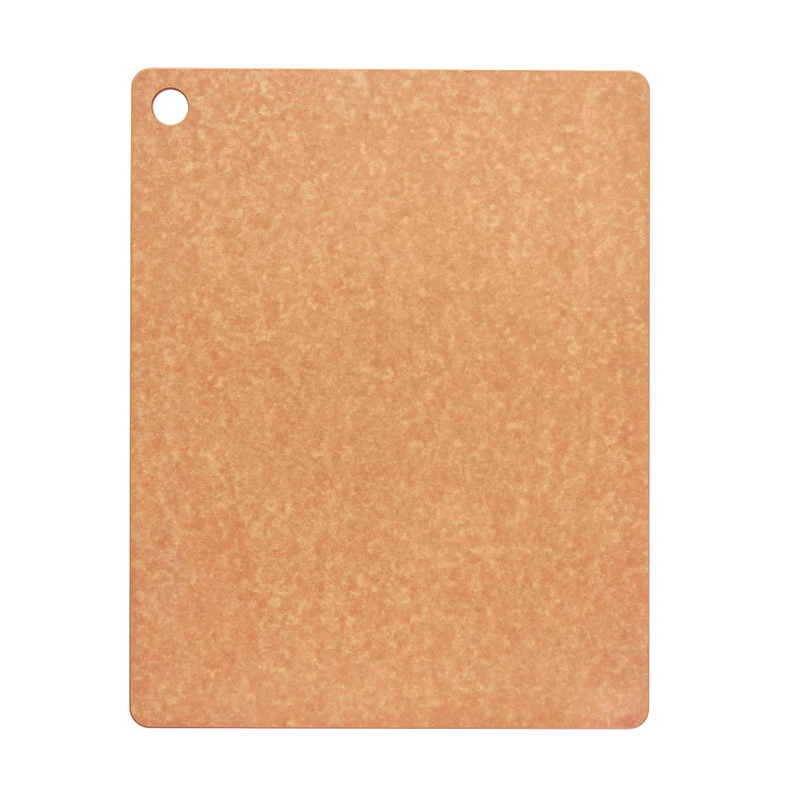-
Wood Fiber Cutting Board: Blending Functionality and Environmental Awareness
Designed to combine performance with responsible material use, this type of cutting board is crafted from compressed wood fibers and food-safe resin, offering a sturdy and reliable surface for meal preparation. It represents a shift toward more thoughtful design, where quality and environmental awareness coexist in everyday kitchen tools.
Material Structure and Production
Wood fiber cutting boards are created through a high-pressure process that fuses fine wood fibers together with heat-resistant resins. The result is a dense, smooth board that withstands continuous use without absorbing moisture or odors. This structure gives the board a unique balance of strength and lightness, making it suitable for both professional chefs and home kitchens.
The manufacturing method utilizes reclaimed or sustainably sourced fibers, reducing waste and big resource efficiency. The compact texture of the board also ensures small porosity, preventing liquid and food residue from seeping into the surface—a feature that supports easy cleaning and improved hygiene.
Durability and Performance
One of the standout characteristics of a wood fiber cutting board is its long-lasting performance. The material resists knife marks better than many traditional wooden or plastic boards, maintaining a smooth surface over time. It is also gentle on knife edges, helping to preserve sharpness during cutting or chopping.
The board’s balanced firmness allows for precise slicing, whether used for vegetables, meats, or bread. Its stability during use prevents slipping, creating a safe and comfortable experience. In addition, many versions are compatible with dishwashers, making them easy to care for after daily cooking tasks.
Hygiene and Food Preparation Safety
A clean cutting surface is essential in any kitchen, and the non-porous nature of wood fiber cutting boards contributes to food safety. The tightly bonded fibers prevent water absorption, which helps reduce the risk of bacterial growth and odors. After washing, the board dries quickly and retains its original shape without warping or cracking.
This durability ensures consistent hygiene, especially when preparing foods that require strict separation—such as vegetables and raw meats. The smooth surface texture also means that residue is less likely to cling, allowing for quick sanitation between uses.
Sustainability and Environmental Responsibility
Sustainability plays a central role in the appeal of wood fiber cutting boards. By using recycled or responsibly harvested wood fibers, these products reduce the need for virgin timber. The manufacturing process smalls waste while extending the life of raw materials.
Furthermore, the boards’ durability reduces the frequency of replacement, pilot to lower material consumption over time. At the end of their service life, wood fiber boards have a lower environmental impact than many synthetic alternatives, aligning with the growing demand for environmentally considerate kitchen products.
Design and Versatility
Beyond functionality, wood fiber cutting boards are known for their refined and versatile design. The natural tone and smooth surface give them an understated elegance that suits various kitchen styles. Many models are thin and lightweight, easy to store in tight spaces, or hang conveniently when not in use.
Their sleek appearance allows them to serve more than one purpose—they can also be used as serving trays for cheese, fruit, or appetizers. The small design ensures that they integrate seamlessly into dining settings while maintaining a professional look.
The wood fiber cutting board illustrates how modern material technology can support both function and sustainability. With its strong yet knife-friendly surface, resistance to moisture, and environmentally responsible production, it brings a practical and thoughtful choice to the kitchen. Combining lasting performance with simple elegance, this type of cutting board demonstrates that eco-conscious design can enhance both the cooking process and the overall kitchen experience.

 日本語
日本語 English
English 中文简体
中文简体